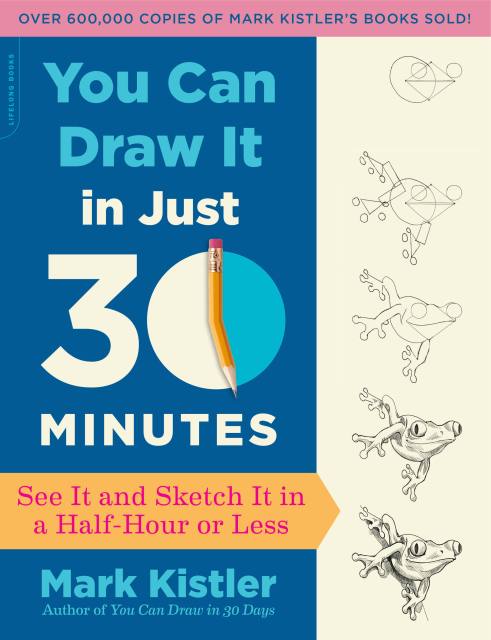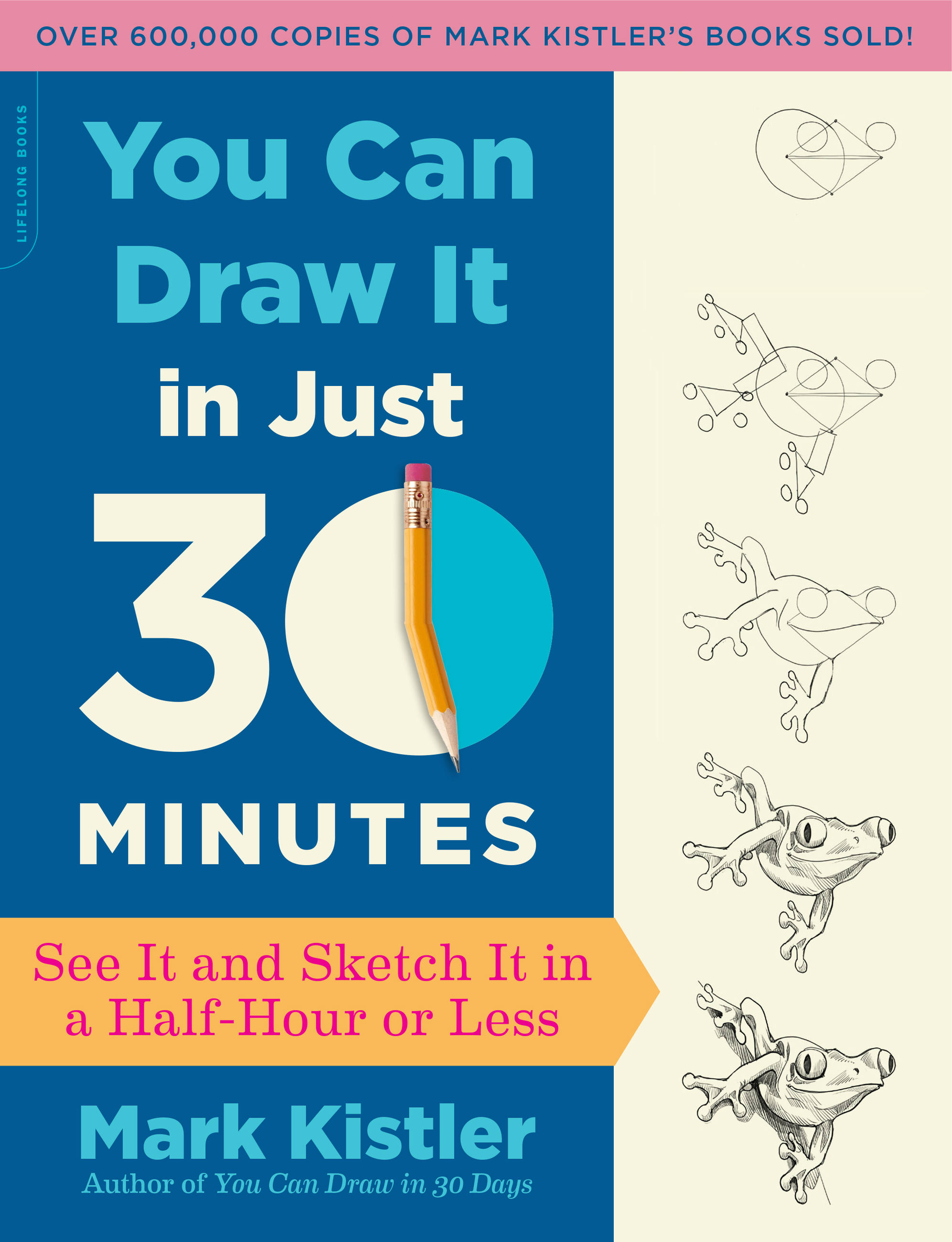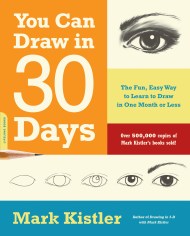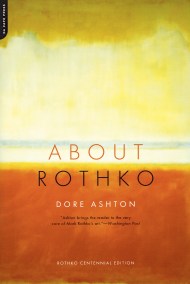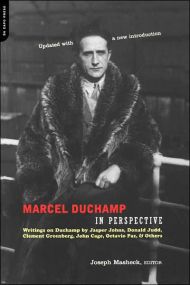Promotion
Use code MOM24 for 20% off site wide + free shipping over $45
You Can Draw It in Just 30 Minutes
See It and Sketch It in a Half-Hour or Less
Contributors
By Mark Kistler
Formats and Prices
Price
$11.99Price
$15.99 CADFormat
Format:
- ebook $11.99 $15.99 CAD
- Trade Paperback $17.99 $23.49 CAD
This item is a preorder. Your payment method will be charged immediately, and the product is expected to ship on or around June 20, 2017. This date is subject to change due to shipping delays beyond our control.
Also available from:
“Sharpen your pencils and open your sketchbook; your teacher is waiting.”–Boston Globe
Emmy Award-winning and longtime PBS host Mark Kistler is back with You Can Draw It in Just 30 Minutes, the sequel to his hugely popular You Can Draw in 30 Days. Take a 30-minute creativity break and be amazed at what you accomplish! Learn to draw 25 different everyday objects–each completed in just half an hour–with step-by-step illustrations and friendly, personality-filled instructions for each lesson. Inside you’ll find:
Emmy Award-winning and longtime PBS host Mark Kistler is back with You Can Draw It in Just 30 Minutes, the sequel to his hugely popular You Can Draw in 30 Days. Take a 30-minute creativity break and be amazed at what you accomplish! Learn to draw 25 different everyday objects–each completed in just half an hour–with step-by-step illustrations and friendly, personality-filled instructions for each lesson. Inside you’ll find:
- Fun “art hacks”: Drawing shortcuts (such as tracing handy objects) make you more productive and efficient in your drawing.
- Blueprints for quick drawings: You’ll learn to find the simple shapes within complex-appearing objects.
- Long-term techniques: The skills you gain along the day in the individual lessons can be used in more detailed, longer projects.
- Hundreds of variations: More cartoonish? More realistic? The drawings can be modified for a new work of art every time.
Genre:
- On Sale
- Jun 20, 2017
- Page Count
- 176 pages
- Publisher
- Da Capo Lifelong Books
- ISBN-13
- 9780738218632
Newsletter Signup
By clicking ‘Sign Up,’ I acknowledge that I have read and agree to Hachette Book Group’s Privacy Policy and Terms of Use
